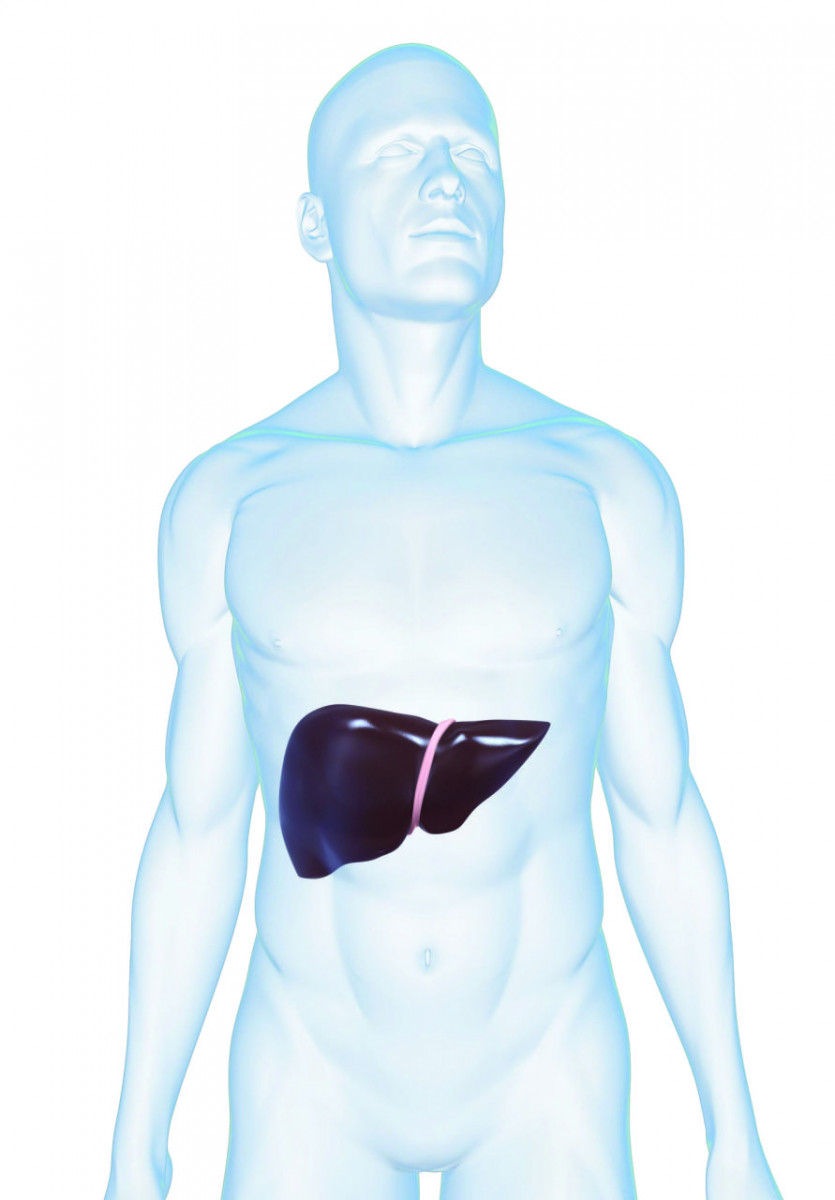Liver Transplant Highly Benefits, But May Not Fully Cure, Hemophilia, Case Report Shows

A liver transplant can be live-saving for hemophilia patients, but may not always fully cure the disease, according to the case report about a hemophilia A patient.
The letter to the editor describing the report, “Orthotopic liver transplantation for haemophilia A may not always lead to a phenotypic cure of haemophilia A: A case report,” was published in the journal Haemophilia.
The authors detail the case of a 41-old male hemophilia A patient who was admitted to the Iwate Medical University School of Medicine, Japan, for a liver transplant.
The patient had chronic hepatitis C, attributable to a blood transfusion he had received in the past, and which ultimately aggravated into cirrhosis (severe scarring of the liver).
Hemophilia patients infected with hepatitis C virus appear to have a higher risk of developing end-stage liver disease secondary to infection-related cirrhosis. In these cases, a liver transplant is the treatment of choice as the donor liver is able to provide the missing blood-clotting factor.
Four years after the patient’s initial admission to the hospital, he received a whole liver transplant, classified as an orthotopic liver transplantation, from a deceased, blood-compatible, healthy male donor.
In the first eight days after surgery the blood levels of factor VIII, the clotting factor deficient in hemophilia A patients, were recovered. But then factor VIII activity began to gradually decline, dropping to 18.5% of the normal levels 200 days following the transplant. One year after, owing to the drop in the clotting factor, the patient presented hemophilia regarded as mild.
No antibodies against factor VIII were detected in circulation, suggesting that whatever was causing the clotting factor disappearance was not due to the immune system’s rejection of the liver.
The most likely explanation advanced by researchers was that some of the patient’s own cells may have differentiated and become part of the transplanted liver.
That would result in the replacement of donor graft cells by patient-derived cells, which lack the ability to produce intact FVIII, explaining its decline.
Actually, mixing donor and recipient liver cells has been suggested by prior studies to happen quite frequently during transplants.
“Our results suggest that liver transplantation may not necessarily result in a full phenotypic [symptoms and characteristics] cure of haemophilia A,” the researchers wrote.
Researchers stress, however, that the patient was not afflicted by any bleeding episode and did not require additional factor VIII infusions after transplant.
“Therefore, liver transplantation for haemophilia A patients has excellent merit in improving the quality of life of these patients even if FVIII activity after liver transplantation may tend to decay,” they concluded. They also recommended “Measuring FVIII activity should be considered if the prolongation of activated partial thromboplastin time is observed during the follow-up period after liver transplantation.”






